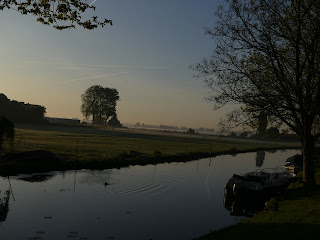Hello, hello... yes where is that month September 2025... it flew by and when I am writing this story... it is already 2th of October...
Anyway it was a good month, almost no guests..a lot of work done in our farm and on the cottages and our house. And of course some trips to different areas, with friend, alone and with Hans. The migrants are coming through, so I am as always up early and walk in town, in restaurants, in city with my binoculars...because you will never know what shows up.
Did go to the beach and rice fields with my birding friend and did see good birds and always traditional eating fish on the beach. Loads of roseate Spoonbills:

I love all birds..but my passion is "the little hard to find birds"
Wetland birds...sea birds... in the Netherlands I was pretty good in it...living next to the wetlands.
But since I live in Panama(27 years), I have to admit, I get a bit slow with the wetland/ seabirds.
Next coming week we go again and I promised myself to prepare myself more.
I had a talk with Hans this morning, he loves the idea of the fish:), so we go also more together.
What was very cool is the immature bare necked Tiger Heron with adult, I think I even get my hubby happy with that...next to the fish:)
Love to check the birds on the beach...
Did see a juvenile northern Jacana eaten by a great Egret, unfortunately the picture is not fantastic, but here the Egrets...brutal, but well that is nature...
Another animal what stick his head out was a Coyote, always pretty cool to see...
Yes the area on the coasts with all the rice fields beach and wetland is pretty cool there and the road gets better and better, so in the nearby future we will be in an hour on the beach. They work hard on the road.
You can also find a Eurasian Dove there , I have the idea that they spread out..well that is what Doves do right?
I did do some nice trips with...myself.
To a lot of areas. Here 10 minutes in the cloud forest this nice buff fronted Quail Dove flew up in front of me and he did let me take this picture and even a video...on my you tube channel to see.
Such a pretty Dove, mostly hidden in the forest.
Well and of course in this time the migration.
Two pretty good pics of these very active Warblers:
Wilsons Warbler male:
Chestnut sided Warbler female:
They will meet this fiery-billed Aracari
or this nice road side Hawk:
hope for the Warblers a friendly one...
I always wonder, when those Warblers and Vireos..on their first trip to the south... are they freaking out? when they see all those new birds, insects and other dangers. Just a thought.
Well I think this is it, in 9 days I will be busy with the big day (11th of May) you will find a story in my blog next time.
In the meantime..maybe I have to buy a new book, the duck tape is getting old :)
Greetings from Terry.












































blog.JPG)































